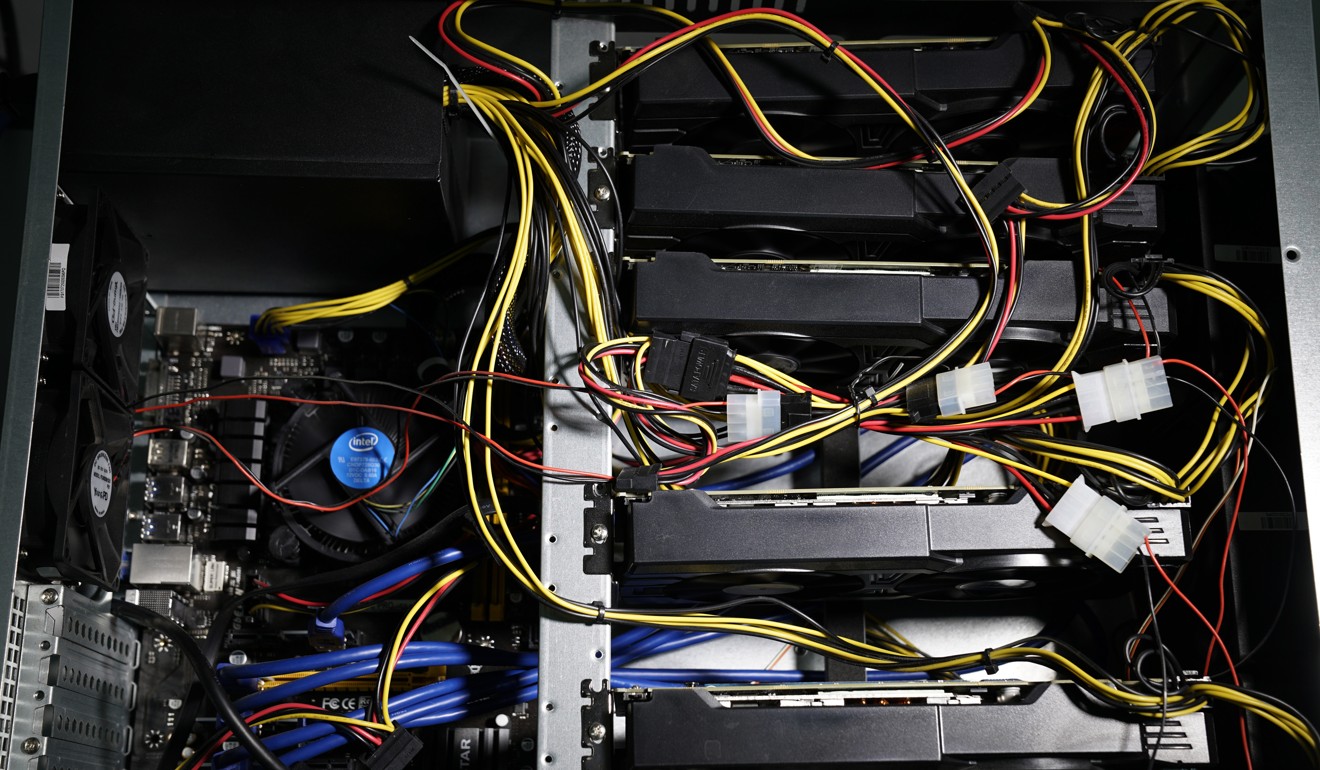
Security tokens seen as next trend in cryptocurrency trading even as regulations remain unclear
- The ‘second generation’ tokens derive their value from external, tradeable assets
- They differ from earlier cryptocurrencies like bitcoin that are used for payments or value transfer
As the roller-coaster price swings of bitcoin, which has plunged 80 per cent from its peak in December 2017, become a norm, some cryptocurrency traders have shifted their focus to trade “second generation” crypto tokens – security tokens.
One of them is digital asset broker OSL which has started trading stable coins, one form of asset-backed tokens, in the over-the-counter market.
Some industry players also refer to asset-backed tokens as security tokens.
Chief executive Wayne Trench said security tokens would be the next trend in global crypto asset trading in 2019, and urged for clearer regulation in Asia for their issuance and the trade.
The broker currently trades four types of stable coins, whose values are pegged one-to-one to another stable asset such as the US dollar and other hard currencies. Over the past three months, the turnover of all four coins had surpassed US$5 billion each, Trench said.
He said the firm was also technologically ready to expand its services to other security tokens, which are cryptographic tokens that pay dividends, share profits, or invest in other underlying assets that generate profits for their holders.
In contrast, bitcoin, the oldest cryptocurrency and one of the first generation of digital tokens, whose “fair value” is driven by forces of demand and supply and often used as a means of payment for products and services.
“We have plans to expand our platform to include security tokens as and when the regulatory landscape permits. Apart from stable coins, we also see growing demand in asset-backed, and security tokens backed by precious metal, real estate and equity,” said Trench.
Implemented on the blockchain smart contracts, proponents argued that costs of investment and trading for security tokens that are backed by illiquid assets like gold, property or art work, are lower as they could be broken up into percentage ownership among investors.
Apart from stable coins, we also see growing demand in asset-backed, and security tokens backed by precious metal, real estate and equity
However, some market players are less optimistic about any imminent regulatory certainty on the “second generation” tokens, at a time when many regulators are still grappling with regulating the various earlier complex digital instruments.
Kevin Loo, co-founder of cryptocurrency fund manager CryptAM, said his firm’s funds had not invested in any initial coin offerings (ICOs) or security token offerings (STOs), which are private fundraising activities used by start-ups.
“While we welcome the introduction of security token offering in the future, bringing further innovation to the fintech scene, we are mindful that the road ahead for regulatory approval for STO is likely some way off into 2019,” said Loo.

In the US, the SEC has warned that many ICOs can be securities offerings, entailing the issuers to register their tokens as securities or seek an exemption.
Meanwhile, some security token trading platforms, such as OpenFinance, has reportedly sought to be regulated as an alternative trading system with the SEC, instead of an exchange, through a registration as a broker-dealer.

